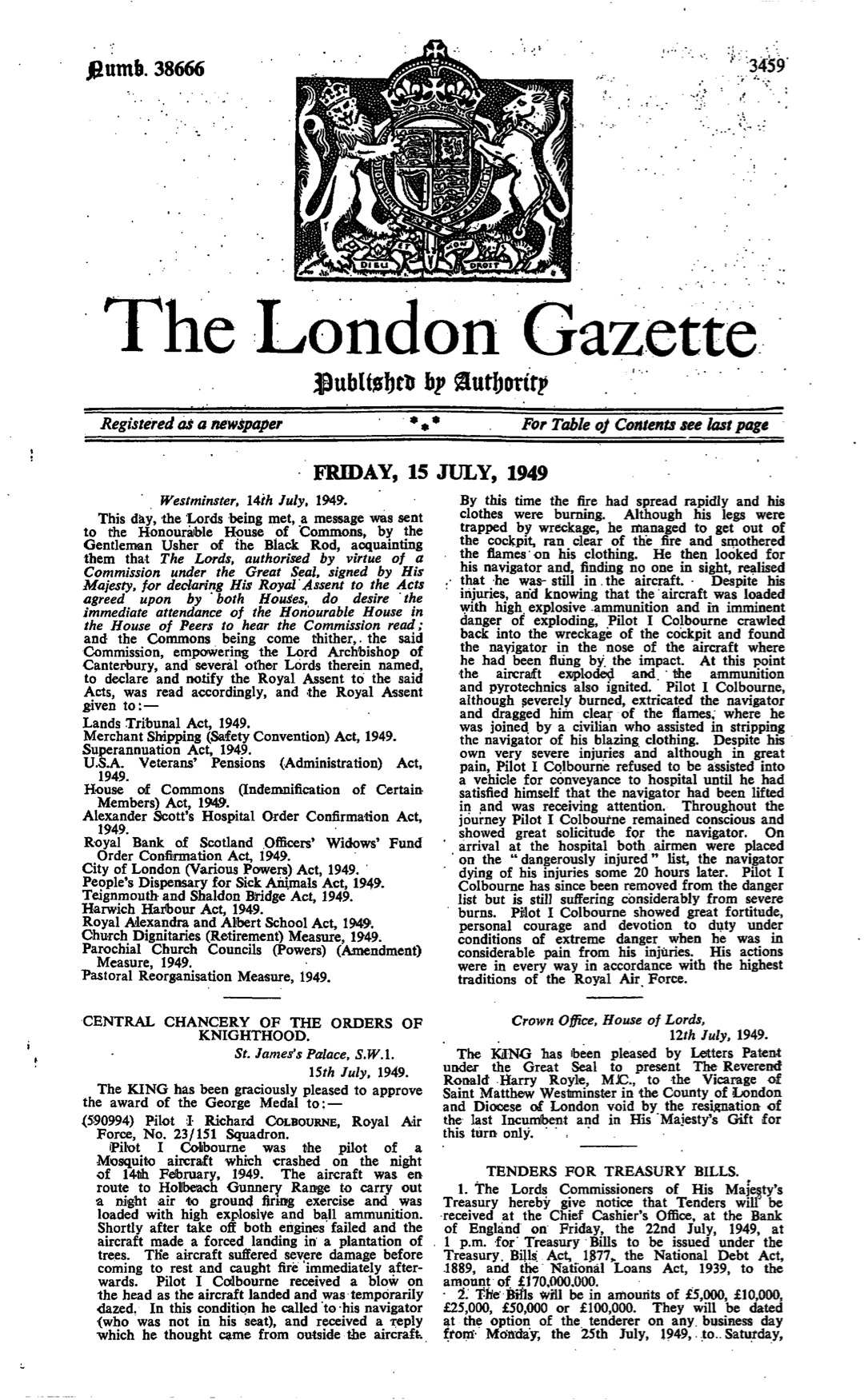The remains of Mosquito NF.36 Serial No. RL249 were recovered from its crash site in 2010, and have been secured by The People’s Mosquito for use in the restoration project.
RL249 was serving with No. 23 Sqn, stationed at RAF Coltishall, when it crash-landed due to engine failure after take-off on 14th February 1949. The aircraft was partly destroyed by fire, and the remains were subsequently – some years later – buried. But the aircraft finished its flying career in a dramatic action which resulted in its pilot being awarded the George Medal.

The Fatal Flight
On the night of February 14th 1949, P/O I. R. (Dickie) Colbourne and his navigator Sgt. W.B. Kirby took off from RAF Coltishall, Norfolk, in Mosquito NF36 night fighter RL249 en route for Holbeach Gunnery Range to carry out a night air-to-ground firing exercise. Both engines failed shortly after take-off, and Colbourne managed to crash-land the Mosquito in a plantation of trees about four miles from the airfield. The aircraft suffered severe damage, immediately catching fire. Severely dazed, Colbourne called out to his navigator. A reply appeared to come from outside.
Colbourne’s legs were trapped, but as the fire intensified, he finally got clear of the aircraft and smothered the flames on his clothing. On failing to find Kirby, Colbourne realised that he must be trapped in the wreckage. Despite his injuries, and knowing the aircraft was loaded with high explosive ammunition, he climbed back into the burning wreckage and found the navigator trapped in the aircraft’s shattered nose.
At this point the aircraft exploded. Although severely burned, Colbourne freed his comrade, dragging him clear and stripping him of his burning clothing. Despite his own severe injuries, he refused to be assisted into a vehicle for transfer to hospital until he was satisfied that Sgt. Kirby was receiving medical attention. Throughout the difficult journey to hospital, he remained conscious and offered encouragement to his navigator. Both men were placed on the “dangerously injured” list, and Kirby died 20 hours later. Colbourne remained in hospital for many months.
After the Crash
For his gallant action that night, Colbourne received the George Medal.

The citation for his Medal concluded: “Colbourne showed great fortitude, personal courage and devotion to duty under conditions of extreme danger when he was in considerable pain from his injuries.”
After the crash, RL249 was removed and parked up next to Coltishall’s perimeter track. Various parts were salvaged, for example the Mk. X radar, engines, guns, ammunition etc., and for several years RL249 was used as an instructional airframe and for fire practice. This meant a slow demise and when, in the 1960s, the airfield boundary was reduced and the Cold War runway extended, the remains of the aircraft were unceremoniously burnt in situ and then buried. The site is now a field.
On being discharged from hospital, Colbourne became an instructor at the RAF School of Survival and Rescue, and eventually returned to flying when he commanded the Coastal Command Communications Squadron at Bovingdon. He was commissioned in 1954. Ten years later, he transferred to Fighter Control Branch and served in Singapore and Hong Kong. He retired from the RAF in 1976 and died on February 26th 2005 aged 85.
The events of the night of 14th February 1949 resulted in a mechanical fix for all Mosquitos using 113/114A Merlin engines.
Sources:
- The Telegraph 16th April 2005 – Abridged and amended
- The London Gazette 15th July 1949 – Abridged and amended
- http://aviation-safety.net
- www.airhistory.org.uk
- “De Havilland Mosquito Crash Log” (1980 Midland Counties Publications) compiled by David J. Smith
Have you visited the TPM shop yet? Our profits from sales go directly towards returning a Mosquito to British skies.
If you wish to donate directly, please visit our Donate page.

RIP Bill (sgt. W. B. Kirby)
Tragically lost his life when RL249 crashed 75 years ago
We wish The Peoples Mosquito the very best and looking forward to seeing RL249 flying again soon.
Lived near Colt for some time, Grandfather was the Officers’ Mess barman there for 30 years. Never knew the aircraft was there. Good luck with the venture.
Hi Paul, Many thanks.
Retiring as a Flight Lieutenant, ‘Dickie’ Colbourne had had a most interesting and varied RAF career, following flying training in Rhodesia. This included flying the Walrus on air sea rescue missions before transferring to night fighters, post war. In retirement, he became a village postman.